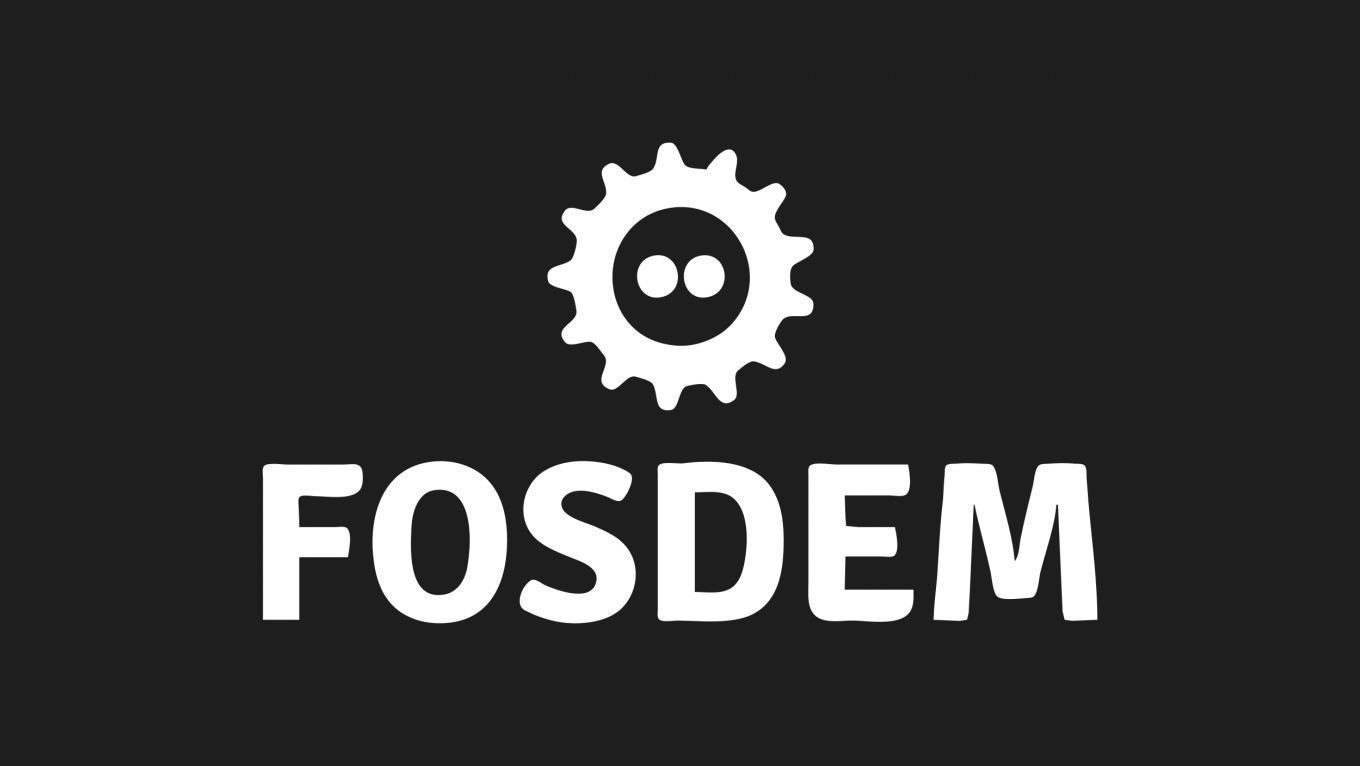PostgreSQL
PostgreSQL Distributed & Secure Database Ecosystem Building
<p>As the most popular open source relational database in the world, PostgreSQL keeps attracting the significant attention it deserves. With the ever increasing data storage and query requirements, new challenges are brought forward for horizontal elastic expansion and security of the PostgreSQL database.
How to provide existing PostgreSQL databases with incremental capabilities such as data sharding, data encryption and other functions is of great concern to many PostgreSQL users.
This session will focus on introducing how to empower PostgreSQL thanks to the ecosystem provided by Apache ShardingSphere - an open source distributed database, plus an ecosystem users and developers need for their database to provide a customized and cloud-native experience. ShardingSphere doesn't quite fit into the usual industry mold of a simple distributed database middleware solution. ShardingSphere recreates the distributed pluggable system, enabling actual user implementation scenarios to thrive and contributing valuable solutions to the community and the database industry.
The aim of ShardingSphere is the Database Plus concept.</p>
Database Plus sets out to build a standard layer and an ecosystem layer above the fragmented database's basic services. A unified and standardized database usage specification provides for upper-level applications, and the challenges faced by businesses due to underlying databases fragmentation get minimized as much as possible. To link databases and applications, it uses traffic and data rendering and parsing. It provides users with enhanced core features, such as a distributed database, data security, database gateway, and stress testing.
ShardingSphere uses a pluggable kernel architecture for Database Plus. That means there's modularity, which provides flexibility for the user. Demos and notable use cases in production environments that are from the Asia equivalents of FAANG (Facebook, Amazon etc.) will be used to introduce the use and implementation of these functions for PostgreSQL databases.
Additional information
| Type | devroom |
|---|
More sessions
| 2/6/22 |
<p>Optimization problems are everywhere, from deciding which clothes to pack in our luggage (aka the knapsack problem), to selecting the tasks that will be worked during a sprint. Trying to solve these type of problems by hand is a tedious task often resulting in sub-optimal decisions.</p> <p>In this talk, we'll understand how PostgreSQL recursive queries can help. Starting from the proper problem definition, we'll then explore how to build queries that call themselves recursively, what are the ...
|
| 2/6/22 |
<p>PostgreSQL provides great support for JSON objects and every developer working with this data type should learn how to take advantage of it. Instead of going through the documentation on how to use JSON in PostgreSQL, in this talk we will use a case study to learn by example. We will also complement the usage of JSON by introducing other data types such as ARRAY. We will also review some design decisions to turn JSON objects into columns and vice versa when it's convenient. This talk will ...
|
| 2/6/22 |
<p>Exploring new features in PostgreSQL or reproducing an unusual query plan can be tricky without representative data to utilize. While there are a plethora of sources for sample data and tools to import it, you can end up spending too much time finding representative data to work with. In our day-to-day work at Timescale, we often need to quickly create lots of sample time-series data to demonstrate new features, run a benchmark, or help community members with examples as they learn.</p> ...
|
| 2/6/22 |
<p>Postgres has been a vibrant project for decades, and probably will be popular for decades to come. However, as with any complex endeavor, challenges are always lurking. This talk explores the many project, competitive, and technical challenges in the future that could derail its success. By exploring these challenges, we will be better able to avoid them.</p>
|
| 2/6/22 |
<p>Since PostgreSQL 9.3 introduced materialized views, it’s been an important feature that many users leverage to power dashboards, pre-compute information, or execute common queries in a much faster manner.</p> <p>On the flip side, if your database often gets updated, keeping your materialized views up-to-date can be challenging. Especially when working with time-series data where timeliness is often an important requirement. In this talk, I will share some tactics to keep your materialized ...
|
| 2/6/22 |
<p>This talk is for those who are new to PostgreSQL or those who just started, or all the others that want to hear a personal story: When I started with PostgreSQL around 10 years ago, I came with an Oracle background. It took me quite some time to understand how the PostgreSQL project is organized, how the community is working and how to deal with issues I've faced when I needed support. This is not a technical talk at all, but it should save you quite some time in your journey with ...
|
| 2/6/22 |
<p>Linux and containers are similar in that they provide operating system resources such as memory and storage. These resources—along with CPU and networking— are key factors to achieve optimal performance.</p> <p>In this session, we'll explore how memory allocation at the container or operating system level influences the performance of buffered disk IO, which is typically how IO is handled by PostgreSQL. We'll also examine Linux memory management details and the different ways disk IO ...
|

